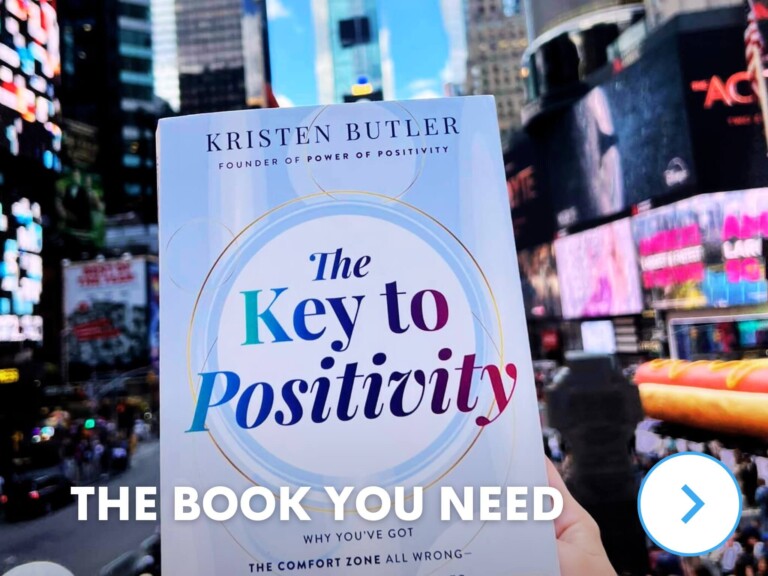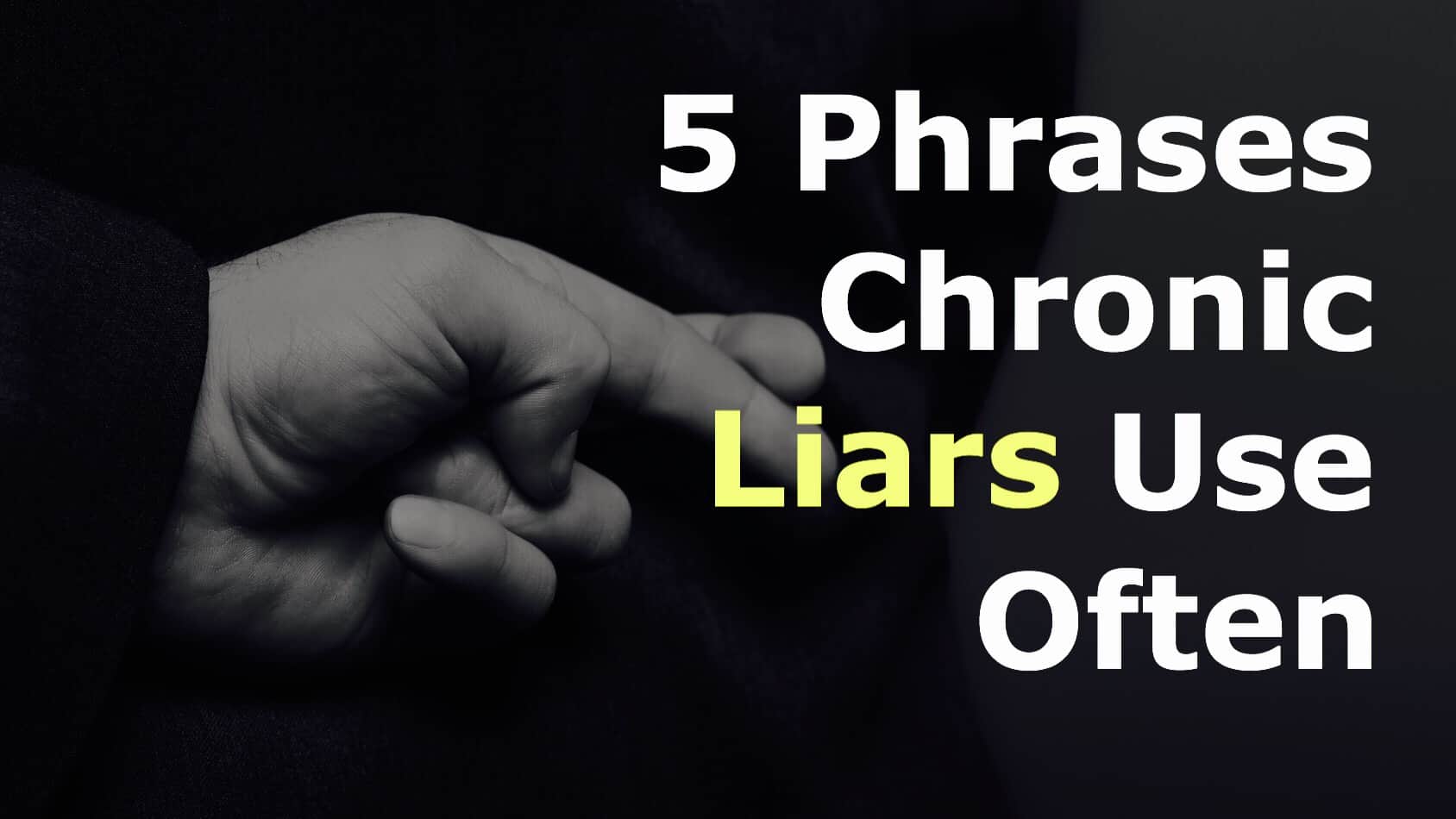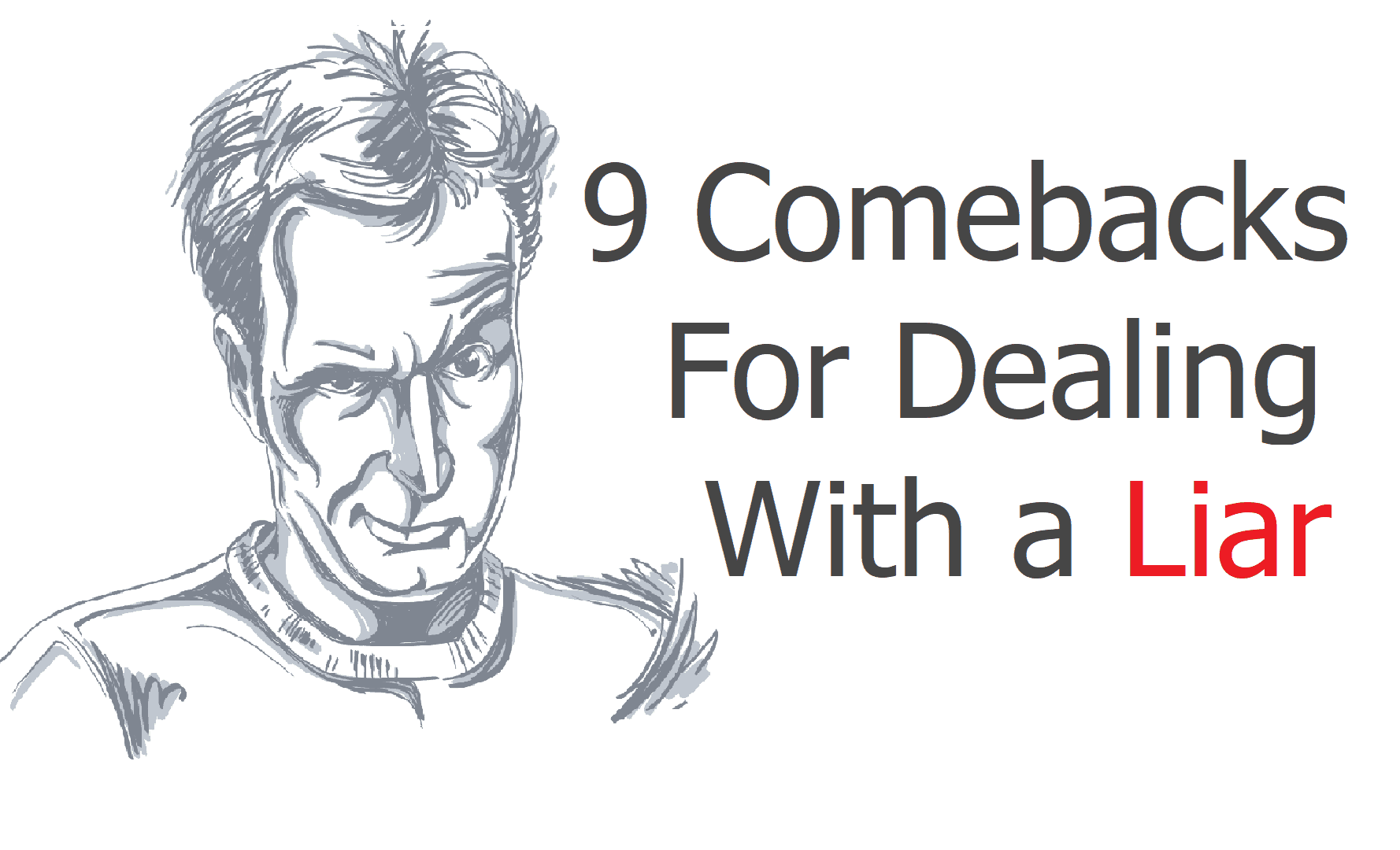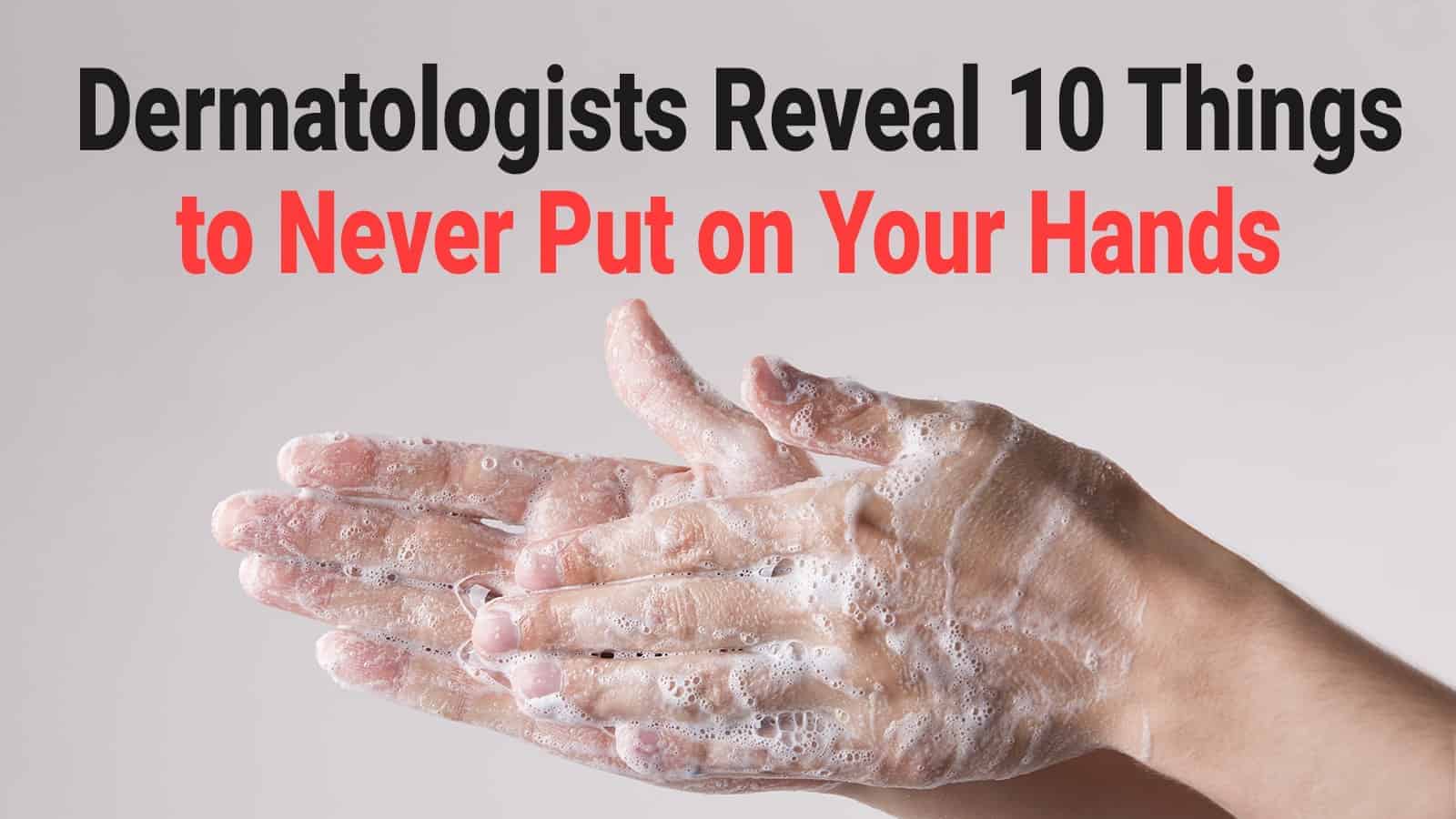Insomnia is defined as a condition whereby an individual has difficulty falling or maintaining sleep. It can be highly disruptive, primarily when it affects your everyday life, leading to a lack of energy, focus, or productivity in your daily tasks. But what do you need to know about insomnia? What information can help you deal with it?
If you thought there was just one kind of insomnia, well, you thought wrong! There are multiple kinds that stem from all sorts of different causes. If you determine what type you have, you can also find its roots and learn to treat or manage them. This is especially true for those whose causes for insomnia are found in other disorders.
But what does each type of insomnia mean? What are their roots? How can you stop them from happening?
Science Explains 5 Different Kinds Of Insomnia And How They Can Be Prevented
Types of Insomnia
1. Acute Insomnia
Acute insomnia is a short episode of sleeping difficulty that can strike at any time that there is a relevant trigger for it. It is usually a result of:
- A life event
- Illness
- Stress
- Bad news
- Jetlag
- Sleeping in a new location
- Medication
- The death of a loved one
- Excitement
- Discomfort or pain
- Environmental disruptors or factors
In other words, acute insomnia is not a chronic problem. Instead, it is a result of a one-time event and isn’t something you will have to deal with on a long-term basis. In most cases, acute insomnia goes away on its own and doesn’t require a lot of treatment, or any at all.
This short-term form of insomnia is the most common kind of restlessness that affects people, and it doesn’t last for more than a few weeks. Some people may not even realize it is considered insomnia, as an inability to sleep is an expected side effect of the aforementioned causes.
2. Chronic Insomnia
Chronic insomnia is a long-term problem, characterized by trouble sleeping in any way for at least three nights weekly over a period of three months or more. It can happen in rare stretches, or it can be a regular part of your life.
There are two types of chronic insomnia. The first is called primary chronic insomnia. This also has the name idiopathic insomnia, meaning there is no apparent underlying medical, physical, or other cause.
The second is called secondary insomnia. It is also referred to as comorbid insomnia, and this is more common than the primary kind. It usually accompanies another disorder or condition.
The following are common causes of chronic insomnia, whether of the first or second kind:
- Mental health disorders, such as ADHD, anxiety, or depression
- Lifestyle issues, such as persistent jet lag, inconsistent napping, or work shifts that keep changing
- Medications, such as antidepressants, drugs for chemotherapy, or beta-blockers
- Chronic disorders, such as hyperthyroidism, diabetes, sleep apnea, or Parkinson’s disease
- Stimulants, such as drugs, alcohol, or nicotine
3. Onset Insomnia
Onset insomnia refers to insomnia that involves difficulty with the act of initiating or going to sleep. It can come in acute or chronic forms. For most people, this comes as a side effect or accompanying factor of depression, anxiety, stress, or other psychiatric or psychological conditions.
For chronic onset insomnia, studies have found a link between insomnia and other kinds of sleep disorders, so if you have this type of insomnia, you may want to find out if a positive diagnosis will be returned for different ailments. This may include:
- Periodic limb movement disorder
- Delayed sleep phase syndrome
- Restless leg syndrome
- Obstructive sleep apnea-hypopnea syndrome
Acute forms of onset insomnia, however, are often caused by stimulants of some kind. Drinking coffee too close to bedtime may cause this to happen.
4. Maintenance Insomnia
Maintenance insomnia refers to a type of insomnia defined by difficulty maintaining sleep or staying asleep. It may also refer to overly early waking hours that you don’t want. After you wake up, you will then likely be unable to return to sleep properly, thus further affecting your sleep cycle.
A broad range of conditions can cause maintenance insomnia, including:
- Periodic limb movement disorder
- Sleep apnea
- Restless leg syndrome
- Asthma
- Gastroesophageal reflux disease
- Other respiratory conditions
Maintenance insomnia may also be caused by sleep disturbances, such as environmental factors like bad temperatures, excessive light, or loud noises. When you wake up from these conditions, you may not be able to go back to sleep until they are fixed.
5. Behavioral Insomnia of Childhood
Behavioral insomnia of childhood, also known simply as BIC, is a type of insomnia that occurs in children. It actually affects a great many of them, approximately 25%. Furthermore, a lot of effort is usually undertaken by parents to make their children’s relationship with sleep more positive. There are three kinds of BIC, including:
· BIC Sleep-Onset
This is typically a result of inadequate sleep associations. This means a child may only be able to fall asleep while being rocked, having the TV on, or even having their parent next to them. Over-reliance on these techniques to make a child sleep can, ironically, cause them only to be able to sleep when those conditions are met.
· BIC Limit-Setting
A child with this type of insomnia will attempt to avoid sleep in many ways. They may try to put off rest by repeatedly asking to drink, asking for more bedtime stories to be read, or going to the bathroom multiple times. Parents who do not set limits for these issues run the risk of allowing their child to go too far with them.
· BIC Combined Type
This type of BIC is a mix of both of the previous kinds of BIC.
Do note that when we discuss tips for preventing insomnia, we will not cover BIC, as this is not “insomnia” in the typical sense of the word, but due to learned behavior that parents can correct in their own time and with their own methods. As such, here are some ideas for fixing this behavior:
- Develop a healthy and positive bedtime routine
- Teach other forms of relaxation, especially self-soothing ones
- Be firm and strict with bedtimes and limits
General Tips For Preventing Insomnia
1. Exercise, But At The Right Time
Exercise can tire your body out, making falling asleep easier. However, make sure you are exercising at the right times. Don’t work out within four hours of bedtime, as this will wind you up and get your body “pumped” up, in a way, energizing it.
Exercising first thing in the morning is a common way of doing this, but if you feel too tired for the rest of the day, you can do so in the afternoon. Do note that, if you are unused to exercise, it is very typical to feel too tired when you first start doing it again.
2. Make Your Bedroom Peaceful
Sleeping conditions must be right for you to fall and stay asleep. Here are some ways to make sure that your bedroom is peaceful and restful:
· Make sure your room is dark enough
If you use a nightlight, make sure it isn’t bright enough to disturb you. Invest in blackout curtains if you must.
· Maintain a reasonable room temperature
Notice if you tend to sleep hot or cold and try to adjust the room’s temperature for that. If you can’t, then change your bedding or blankets to be conducive to your needs.
· Ensure proper levels of comfort
Make sure your pillows, mattress, nightclothes, and linen are all comfortable enough for you to want to sleep in them comfortably.
3. Maintain A Regular Sleep Schedule
If you sleep at random times and change your sleep and wake hours every night, your body’s internal clock is going to get messed up. You won’t be able to sleep when you need to. So instead of binging TV shows late into the night “just this once,” be strict with yourself. Sleep and wake at the same time every day, including on weekends.
It’s also a good idea to start a bedtime routine, too. That can help you to wind down and get your body prepared to fall asleep. The routine should consist of calming or relaxing things, such as:
- Reading a book – non-thrilling ones preferred!
- Listening to calming music
- Having a nice bath
- Drinking a glass of water
4. Don’t Nap
If you tend to nap during the day to help maintain your energy, it may be leading to your insomnia. These naps make your body feel too well-rested, preventing it from being able to rest again later. It may even be messing with your sleep-wake cycle.
If you really must nap, stick to 20-minute naps and no longer. Longer naps than that will make you feel groggy as you enter deeper sleep phases. But too-long naps to circle back to your lightest sleep will cut into your ability to sleep. Also, 20-minute naps have been found to have benefits for:
- Your overall mood and positive thinking
- Productivity and concentration
- Overall energy, even after nights of no sleep
5. Know When To Seek Medical Aid
While acute insomnia can be self-treated, and insomnia rooted in controllable causes may be easily managed on your own, it’s essential to know when you need the aid of a medical professional. If your insomnia is chronic, stems from a disorder or disease, or is linked with other issues, you should speak to a doctor about your options.
Some people are anxious about the idea of becoming dependent on sleeping pills or other methods of sleep, and while it’s a valid concern, these are simple treatment methods – just as any would be for any medical condition. However, feel free to bring up these concerns with your doctor, and they may be able to find a solution to match your worries.
Final Thoughts On The Different Kinds Of Insomnia And How To Prevent Them
Do you experience insomnia? If so, you can work to understand and therefore prevent or manage it in a better way. Without learning to handle this issue, your focus, productivity, positive thinking, and more will be affected.
These five kinds of insomnia may affect you or those you know, and preventing them can be difficult, but it’s possible. Don’t be afraid to reach out to a doctor or other professional if you need additional help.





















